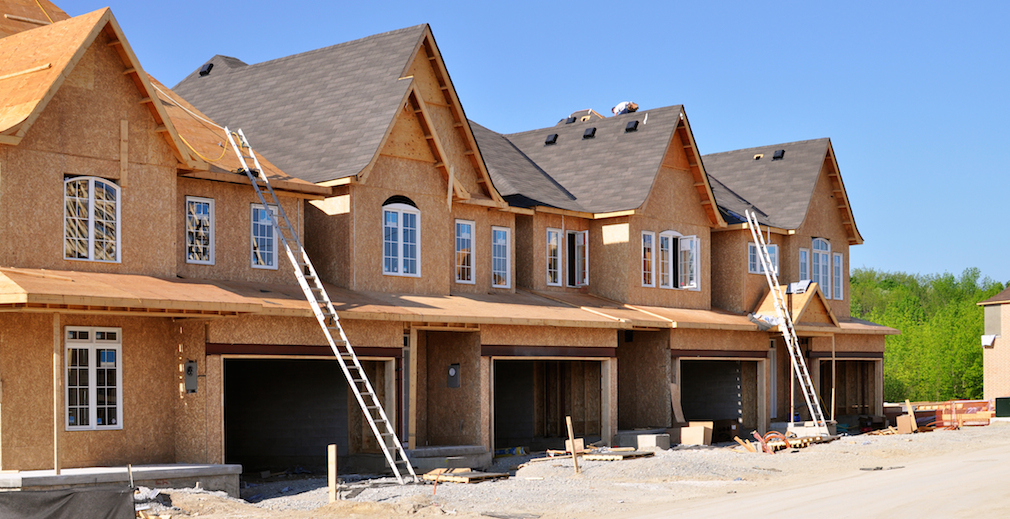Homebuilding saw a pickup near the end of 2017 and is even expected to fuel the housing market in 2018 as it rises to a post-recession high.
But which metros came out on top as having the most homebuilding activity in 2017? Trulia conducted a study utilizing the U.S. Census Bureau building permit data, compared it to the historical average, and determined which metros conducted the most homebuilding activity throughout the year.
As it turns out, San Francisco came out on top when compared to its historical average. The city nearly doubled its historical average number of permits in 2017.
Trulia explained this increase signals the city is becoming more aggressive in its efforts to combat its affordability crisis. What’s more, a large share of its new units are multifamily units, which should help rents continue to cool this year.
San Francisco, which saw an increase of 94.6% from its historical average, was followed by Austin, Texas, with its increase of 79.5% of its historical average and Boston, Massachusetts, with its increase of 72.4%.
Trulia also noted that these markets built more than their historic average by building up, not out.
But when just looking at the total number of new homes built, Dallas, Texas, came out on top. The metro approved more than 47,000 new homes in 2017. However, because Dallas has historically built a lot of homes, it saw an increase of just 55.9% from its historical average.
Houston, Texas, followed Dallas with its 42,673 new homes built with New York City coming in third with 40,687 new homes.
“Does all of this homebuilding, especially in tight markets such as San Francisco and Boston, mean that inventory and affordability woes will come to end in 2018?” Trulia asked in its report. “Probably not. While building more than their historic average helps keep prices from rising as much as they are, they still aren’t building a huge amount of housing.”
“For example, at 23,257 units, the pricey markets of San Francisco, Boston, and San Jose combined still built fewer units than Austin alone, which finished with 25,803 units,” the report continued. “In addition, a large share of permits in these markets are multifamily permits, which primarily lead to new rental housing stock, and as such, are likely to put downward pressure on rents, rather than home prices. On the flip side, markets that are building a large sum of homes, such as Dallas, Houston and New York, are playing their part in helping the country inch upwards towards it’s 50-year homebuilding average.”







